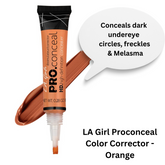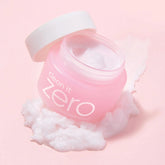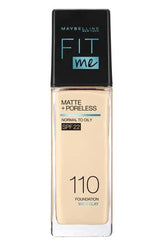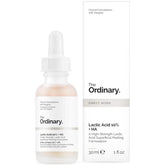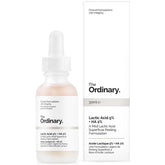-
Product: The Ordinary Lactic Acid 10% + HA 30ml Product Description: Reveal smoother and more radiant skin with The Ordinary Lactic Acid 10% + HA, a high-strength exfoliating serum that combines the benefits of lactic acid with the hydrating power of hyaluronic acid. This...
- Rs. 3,000
- Rs. 3,000
- Unit price
- per
-
Product: The Ordinary Lactic Acid 5% + HA 30ml Product Description: Unlock the power of gentle exfoliation with The Ordinary Lactic Acid 5% + HA, a mild yet effective formula designed to improve skin texture, boost radiance, and enhance hydration. This lactic acid solution...
- Rs. 3,400
- Rs. 3,400
- Unit price
- per
Recently Viewed Products
Makeupstash
Makeupstash
Makeupstash
Makeupstash
Makeupstash
Makeupstash
Makeupstash
Makeupstash
Makeupstash
Makeupstash
- Choosing a selection results in a full page refresh.





